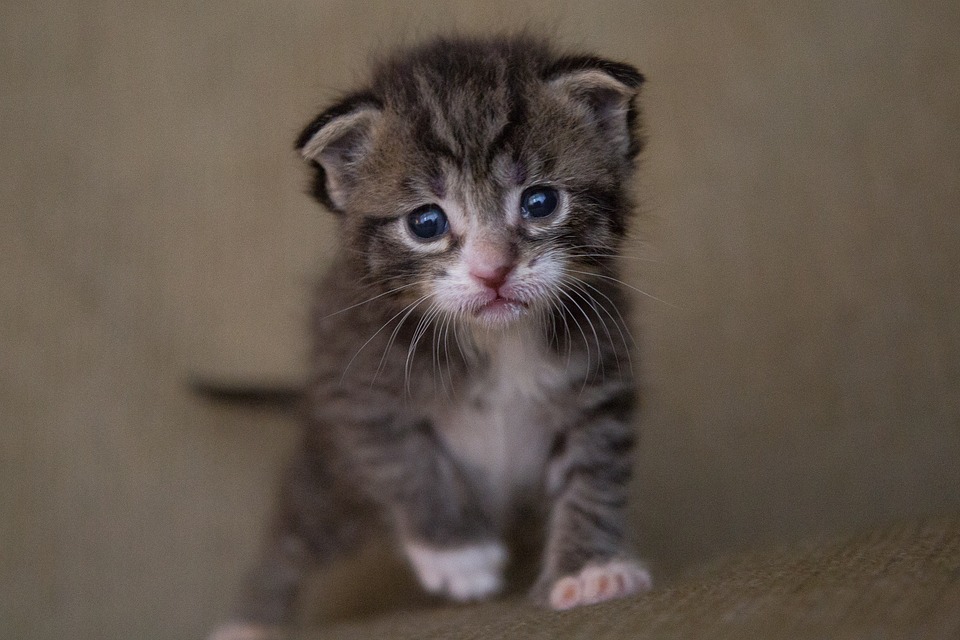Cats are known for their independent nature and their ability to take care of themselves. However, when it comes to their oral health, they need a little help from their human companions. Just like humans, cats can suffer from dental issues that may lead to discomfort, pain, and even serious health problems if left untreated. In this article, we will explore how to identify and address dental problems in cats, ensuring they maintain healthy and happy smiles throughout their lives.
Maintaining good oral health is crucial for your feline friend’s overall well-being. Cats use their teeth for various activities, such as eating, grooming, and playing. Therefore, it is essential to take care of their teeth and gums to prevent dental problems. Poor oral hygiene can lead to dental diseases such as gum inflammation, tooth decay, and periodontal disease, all of which can affect a cat’s overall health.
Spotting dental problems in cats can be challenging, as they are experts at hiding discomfort. However, there are several signs that can indicate dental issues. One of the most common signs is bad breath, also known as halitosis. If your cat’s breath smells foul, it may be a warning sign of dental problems. Behavioral changes, such as reduced appetite, difficulty eating, or increased aggression, can also indicate dental discomfort. Additionally, visible signs like swollen gums, redness, bleeding, or tartar buildup on the teeth should not be ignored. Regular oral examinations by a veterinarian can help identify dental issues at an early stage.
Addressing dental problems in cats involves a combination of professional dental care and at-home maintenance. Professional dental cleanings performed by a veterinarian are recommended to remove tartar and plaque buildup, as well as to assess and treat any underlying dental diseases. These cleanings are usually done under anesthesia to ensure the cat’s safety and comfort. At-home dental care is equally important and can include brushing your cat’s teeth regularly, using specially formulated cat toothpaste, and providing dental treats or toys to promote oral health.
Common dental diseases in cats include gingivitis, periodontitis, and tooth resorption. Gingivitis is the inflammation of the gums, while periodontitis affects the tissues and structures surrounding the teeth. Tooth resorption is a condition where the tooth structure breaks down, leading to pain and discomfort. Treatment options for these dental diseases vary depending on the severity and may include professional cleanings, antibiotics, pain management, and even extractions or oral surgeries if necessary.
To address some frequently asked questions, cat owners should aim to brush their cat’s teeth daily or at least a few times a week to maintain good oral hygiene. It is important to use toothpaste specifically designed for cats, as human toothpaste can be toxic to them. For cats who dislike brushing, alternative dental care options such as dental gels, water additives, or dental diets may be beneficial. There are cat foods and treats available that are formulated to promote dental health, but it is essential to consult with a veterinarian to ensure they are suitable for your cat. Lastly, if you notice any signs of dental problems or if your cat is experiencing pain or discomfort, it is important to seek veterinary care promptly.
In conclusion, caring for your cat’s teeth is crucial for their overall health and well-being. By recognizing the signs of dental problems and addressing them promptly, you can help your feline companion maintain a healthy smile and enjoy a pain-free life. Remember, regular dental care, including professional cleanings and at-home maintenance, is key to keeping your cat’s teeth in tip-top shape.








